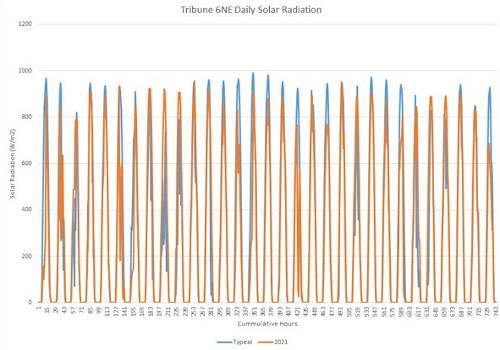Checking for pollination success
It is a pregnancy test of sorts. Visible signs of kernel fertilization can take several days to detect. One of the earliest detection methods is to determine if the silks are still attached to the kernels. Silks attached to the ovule have not been fertilized. Carefully cutting and removing the ear husks followed by a gentle shaking will allow you to see if a silk is attached to its ovule. This method can be used to give a general idea of how far along pollination is.

Silks attached to unfertilized ovules
Once the corn reproduction staging has reached the blister (R2) stage, you can cut or peel back the ear husks to see how many kernels are expanding as they fill with water and carbohydrates. This is really the earliest time that the number of kernels per ear can be visually determined. Are we having sextuplets times 100?

Yield Impact
The number of kernel rows (ear circumference) is one good estimate of yield. Ears that have 16, 18 or 20 kernel rows are would be considered high yielding for the given environment at approximately V5 to V7. For each 2-row reduction in kernel rows it equates to an approximate loss of 25 bu/acre. The length of the ear (number of kernels per row is also an indicator of environmental conditions from V7 to blister stage. Typically, it is desirable to see 35 to 40 kernels per row. For every reduction of 5 kernels per row there is an approximate reduction of 30 bu/acre. If the number of kernel rows or kernels per row equal more than 550 kernels per ear, this typically results in greater than 200 bu/acre yields.
Source : iastate.edu